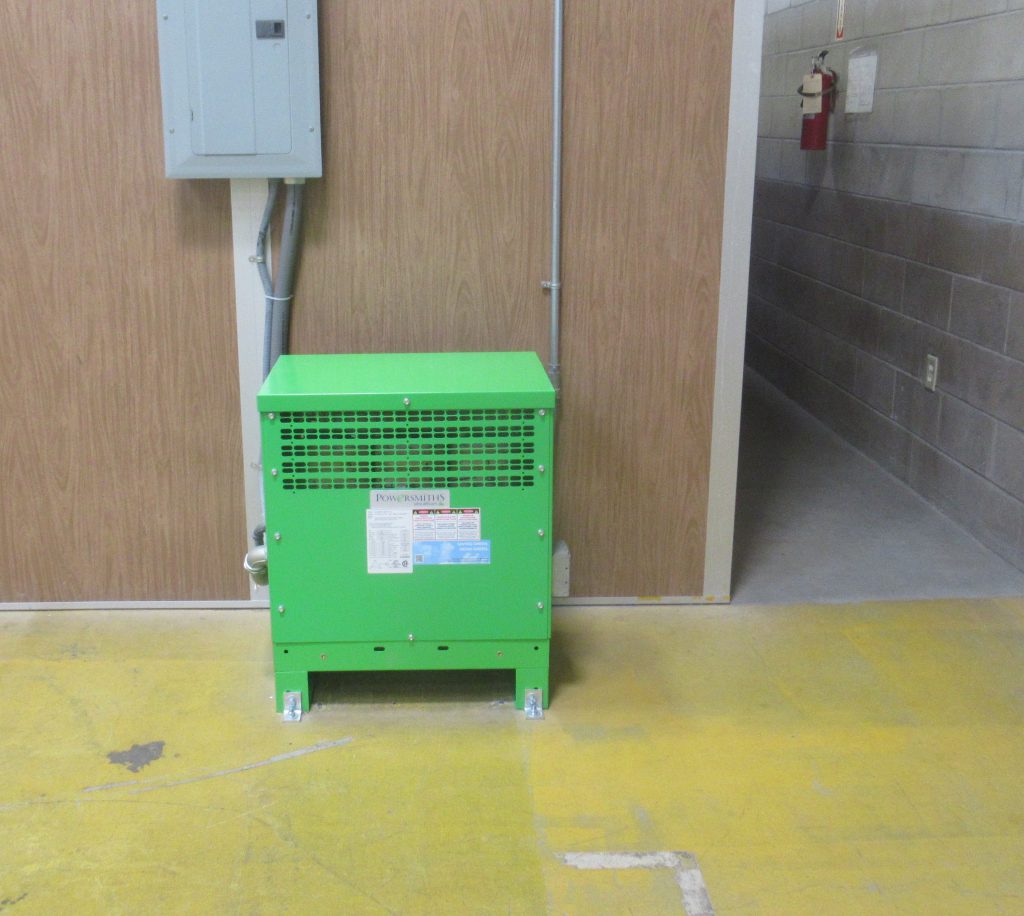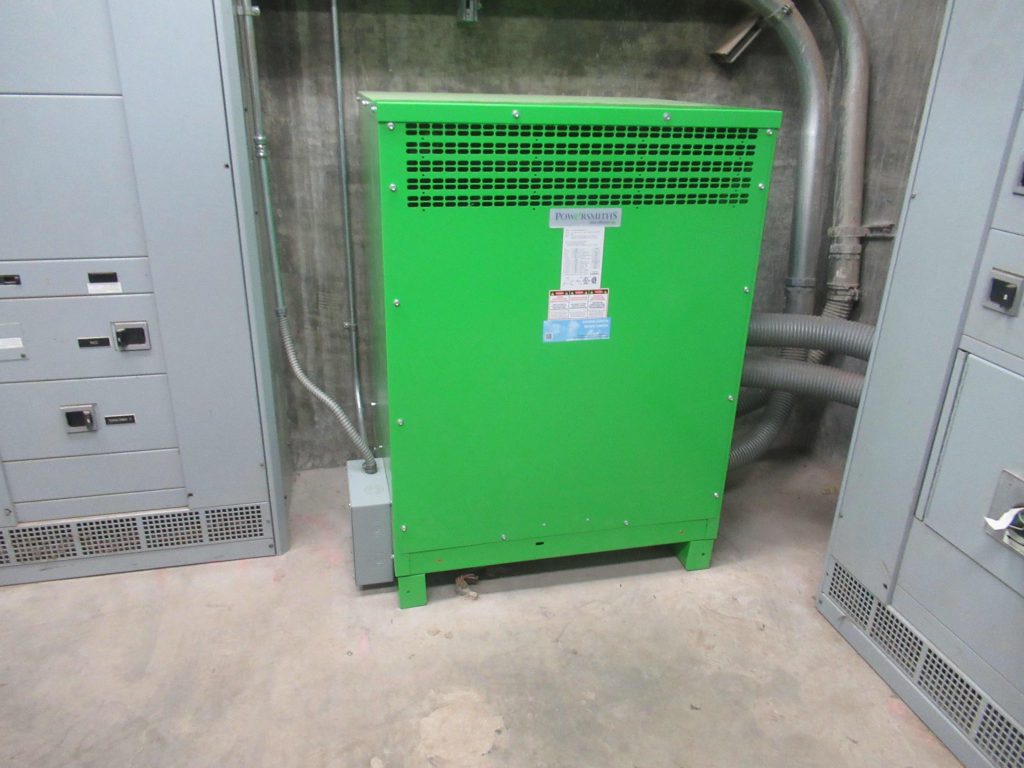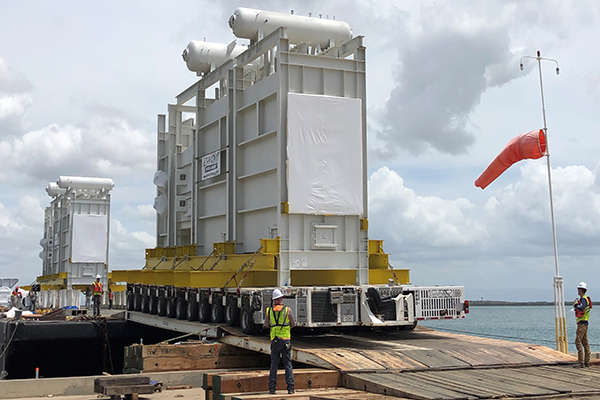By Charles Howell, CEM, LEED AP, CSDP
The U.S. Marine Corps has demonstrated over the last few decades that energy efficiency and resiliency, when properly applied, will enhance combat effectiveness. Efficient use of fuels has reduced the volume of fuel in the logistical tail, saved lives, and increased capacity to deliver ammunition to the fight on countless deployments. Energy efficiency savings also has freed up funding for training and created robust and reliable utility systems on multiple Marine Corps installations. For example, Camp LeJeune, N.C., and Marine Corps Air Station Miramar and Marine Corps Base Camp Pendleton in California have each had significant projects that enhanced readiness and mission effectiveness.
In 2020, Camp Pendleton’s installation energy manager, in collaboration with San Diego Gas & Electric, executed a utility energy services contract to perform across a total of 600 buildings a series of energy conservation measures (ECMs).
The work (UESC Project 19.1) included upgrades to HVAC control systems, installation and repair of advanced meters, retrofitting to LED lights, installing high-efficiency boilers, and retro commissioning. The contract also introduced energy efficient transformers that dramatically reduced electricity demand and consumption and improved reliability of service at 29 buildings located across the installation. These transformer upgrades were the only ECMs driving demand reductions in these facilities.

EXCEEDING EXPECTATIONS
The entire scope of work at Camp Pendleton had a total turnkey price of $12.7 million and will be repaid over a period of 13 years. While the value of the transformer ECMs was less than 3 percent of the total project ($330,000), calculations used to pre-qualify the ECM showed the transformers payback to be 12 years with available incentives. A Savings-to-Investment Ratio was run (using the Building Life Cycle Cost 5-3) that resulted in a 1.11 calculation, which further verifies the assumptions for this investment. A value above 1.0 indicates that the ECM savings exceed the ECM cost. Incentives of 12¢/kWh and $150/kW are taken on the first year’s kilowatt-hour savings and kilowatt reduction.
Initiating Approval. California’s incentive program does not specify transformers as an ECM. The Custom Incentive Program, however, did allow for end users to request an evaluation of non-traditional ECMs. A critical step in this process was ensuring that the end user alerted the serving public utility of an interest in the ECM incentive and indicating that the incentive was a criterion to execute the ECM. This occurred well prior to the contract’s notice of opportunity and was completely supported by San Diego Gas & Electric.
The utility was a trailblazer for promoting and approving the ECM submission to the California Public Utility Commission for ultimate approval.
TRACKING PERFORMANCE
Camp Pendleton has a well-developed smart metering capability that allows for tracking energy consumption (kilowatt-hour) at the building level. The installation energy manager was able to monitor and track consumption prior to COVID and throughout the shutdowns. The 29 buildings retrofitted with energy efficient transformers generally stayed in service over the course of the last three years of measurements that spanned the period before and through the pandemic. Of note are several months when consumption exceeded the pre-COVID timeframe as well as the pre-ECM installation period, which indicates the base operational tempo may have changed, but it never let up.
Powersmiths, the transformer manufacturer, provided budgetary savings calculations to help with concept development. San Diego Gas & Electric contracted Information & Energy Services Inc. of San Diego to validate measurement and verification and perform data analysis once the project proceeded to execution. The company supervised baseline metering of the requisite transformers, and in total, supervised sampling of 11 transformers or 38 percent of those on base.

Incentive Valuation. The baseline metering protocol captured primary and secondary voltage, current and total harmonic distortion with simultaneous measurements over a 15-minute period. Information & Energy Services was able to determine losses, percentage loading, and harmonic distortion for the measured transformers. The baseline metering data was used to inform projected savings and the value of the incentive application.
Camp Pendleton used the difference between the baseline measurements and the published performance data of the Powersmiths transformers for purposes of the incentive’s application. The installation energy manager was able to secure incentives for multiple ECMs while working with the local utility. The transformer ECM received an incentive of approximately $15,000.
COST EFFECTIVE & RESILIENT
A UESC is a cost-effective means to implement energy efficiency and improve resilience. Authorized by the Energy Policy Act of 1992, the acquisition tool provides federal end users and the local utility a means to reduce energy use and improve facility energy and water operations infrastructure.
At Camp Pendleton, the base will use the realized savings on the utility bill to pay back San Diego Gas & Electric for the energy efficiency improvements over a pre-determined period as set forth in the contract.
In addition to the energy efficiency and reliability upgrades at Camp Pendleton, two unique aspects of UESC Project 19.1 are including the cybersecurity-mandated Risk Management Framework requirements in order to attain an Authorization to Operate; and the creation of a radio communication system to facilitate the connection to remote sites across the installation that previously could not remotely communicate important status and metering data.
More reliable energy reporting data will enable base energy leadership to make more informed decisions and to have more immediate awareness of power outages, leaks, and service issues.
MEASURING SAVINGS
The expected annual savings for the ECM was 218,043-kWh and 27.28-kW peak reduction. The annual expected savings from replacing the 29 transformers was $21,804 and a projected simple payback of 12.8 years with incentives. Baseline metering sampled a subset of the total inventory. The contractors were conservative with savings estimates to allow for the variability in the transformer inventory (load profiles, manufacturers, and models).
Post-installation metering of individual buildings showed this was a very conservative estimate. Option C (building level metering) was appropriate due to the transformer ECM being the sole measure on each of the buildings. Baseline and post-installation metering of the entire building resulted in a measurement of 100 percent of the transformer savings instead of 38 percent of the transformers being metered.
Actual savings over two years of measurements in the buildings that remained in use despite COVID resulted in 276,568-kWh of savings—26 percent better than the projections. The projected simple payback (the number of years that energy savings projects take to re-coop the investment from savings) improved from 12.8 years to 9.1 years.
More News from TME
-

A Roadmap for Clean Energy on Kwajalein Atoll
A recent effort led by U.S. Army Space & Missile Defense Command to meet the Army Climate Strategy for operations on Kwajalein Atoll studied potential courses of action that would help the remote installation reach 100 percent carbon-pollution free electricity by 2030. -

Pioneering Sustainability in the Federal Sector
As America undergoes a transformative shift to renewable and sustainable power systems, continuing to meet the energy needs of mission-critical installations requires a comprehensive approach that considers economic and cyber factors along with emerging technologies. -

Achieving Energy Self-Sufficiency at Guantanamo Bay
Naval Station Guantanamo Bay achieved energy self-sufficiency through a record-setting energy savings performance contract that enabled construction of a state-of-the-art combined cycle power plant.